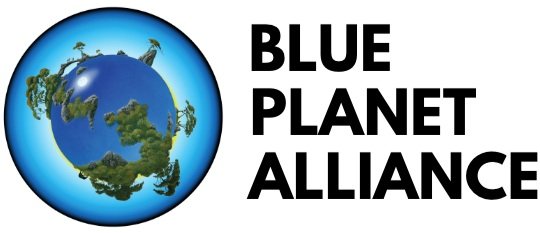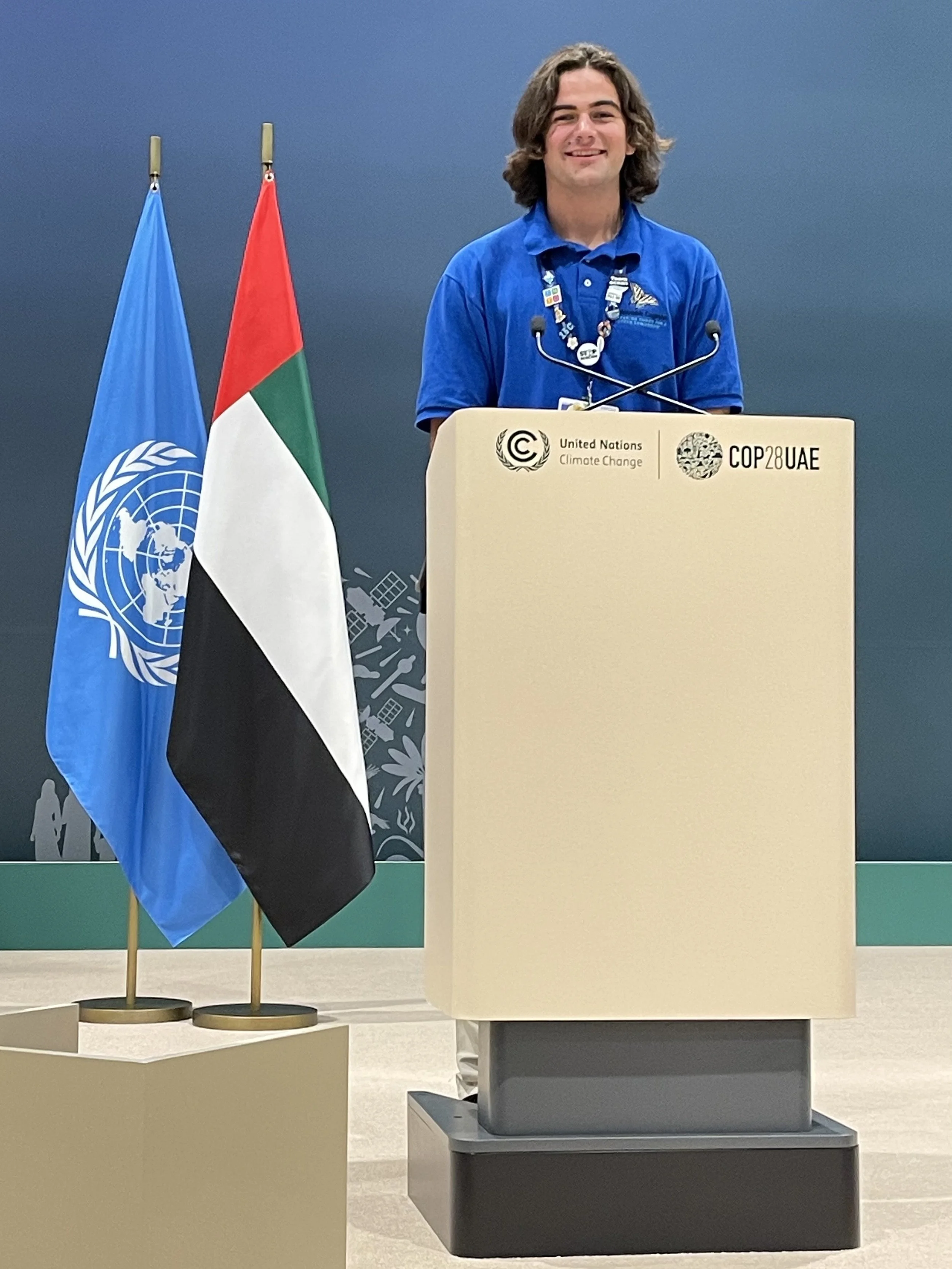Sustainable Energy in the Cayman Islands Community
By Connor Childs
My name is Connor Childs, and I am the first Global Ambassador from the Cayman Islands. My journey with Blue Planet Alliance began long ago when my mother would take me to beach cleanups as a kid. However, seeing the impact that pollution has on our environment and the impact that one person can make has inspired me to do as much as I can for my community.
This journey has led me to multiple climate conferences, including the UN Climate Change Conference (COP28) in Dubai, United Arab Emirates, and more recently the United Nations Ocean Conference in Nice, France. Attending these conferences was incredibly beneficial to both me and my country, as I was able to put my tiny islands on the world stage and bring back knowledge that could be turned into action. However, my experience extends beyond conferences, as most of my work is conducted on the ground, working with NGOs such as Sustainable Cayman, which weaves the community into everything we do, enabling us to build a more sustainable Cayman.
The Cayman Islands, like many island nations, finds itself at a fundamental turning point in its journey toward sustainable energy. Historically, the Cayman Islands have relied almost entirely on imported diesel for electricity, leaving Caymanians vulnerable to global oil prices and burdened with some of the highest electricity rates in the entire region. In light of this urgent need for change, the government of the Cayman Islands has developed a National Energy Policy aiming for 70% renewable energy by 2037. Solar power, battery storage, and even the possibility of offshore wind are on the table and have been discussed. While this vision is bold and inspiring, progress has been slow due to regulations, utility company monopolies, and the overall technical challenge of managing such a small grid.
On a community scale, however, there is contagious enthusiasm and determination forming from a grassroots level. Homeowners and local businesses have continued to turn to rooftop solar panels to offset their high power bills and reduce their carbon footprint. The CORE (Consumer Owned Renewable Energy) program has allowed Caymanians and expats alike to sell surplus solar energy back to the grid, creating a sense of empowerment and participation. Still, limits on how much renewable energy the local grid can accept have frustrated further expansion, leaving many residents eager but waiting for more policy and technical solutions to come forth.
Despite these hurdles, the community remains optimistic. Community groups host workshops on energy efficiency and sustainability, local entrepreneurs are exploring battery storage solutions, and there’s a noticeable rise in interest in electric vehicles. The immense amount of sunshine these islands receive year-round is a natural asset waiting to be harnessed on a larger scale.
The Cayman Islands’ sustainable energy path is exciting and hopeful on a community scale, whereas on an island-wide scale, it is moving at a much slower pace. Now the question is, how quickly can all the pieces come together to make that clean-energy future a reality?



